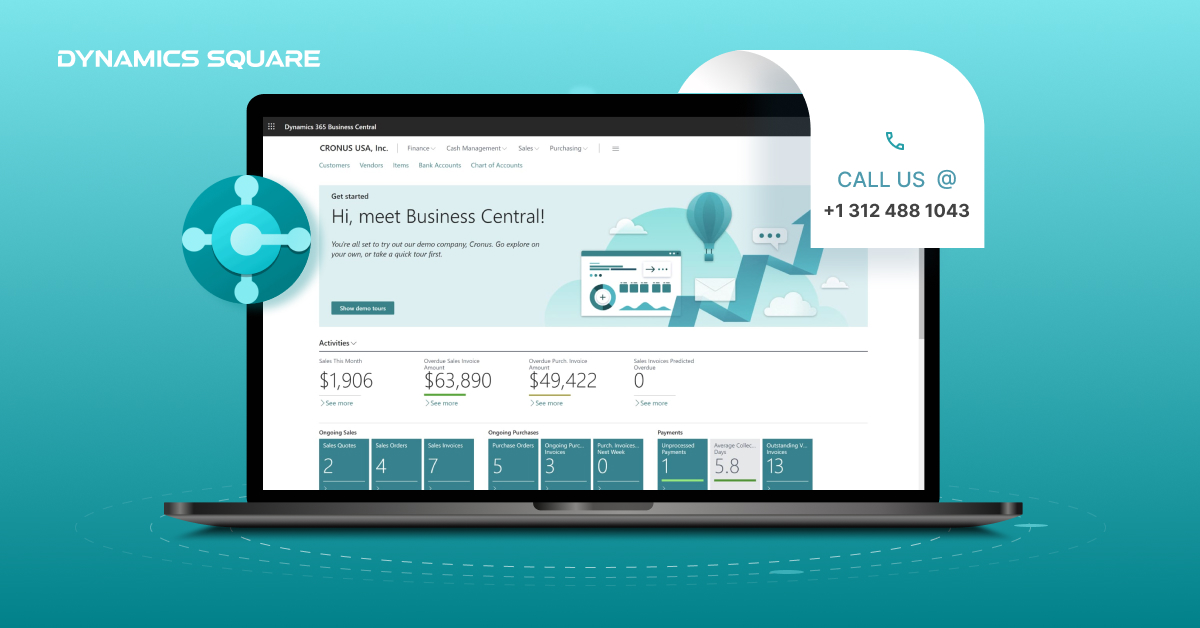How successful is your SEO approach? The question is how to make sure your efforts produce anything. How can I improve my website’s traffic and conversion rates? Answers to these and other questions may be found in carefully monitored performance indicators.
Key performance indicators serve as a control system that helps you determine which strategies are productive and which are not. Most importantly, if you do not see the promised return on investment, you may cut your losses and redirect your resources elsewhere by keeping a close eye on the correct key performance indicators (KPIs).
To What End Is It Useful To Monitor SEO Metrics?
You should monitor SEO KPIs for 2 key reasons.
-
They provide a summary of search engine efficiency
For instance, the volume of people using search engines may be drastically altered by technological difficulties, seasonality, and algorithmic shifts. Changes in traffic patterns may be used to understand better why certain initiatives are or are not working.
-
They provide a chance to discover fresh avenues for development
The site, content, and off- and on-page SEO Company Australia audits provide different but crucial insights.
Conduct an on-page SEO audit to establish the best keywords to use, an off-page audit to learn which links will generate the most qualified traffic, a content audit to find out which articles are the most successful and what your readers want to see more of, and so on.
Organic CTR
Click-through rate (CTR) is a performance indicator that calculates the percentage of search engine results page visitors that click on your link. So, a high CTR means many people are visiting your site.
Click-through rate (CTR) is also a major factor in SEO. For instance, even with great rankings, it will only help you get more traffic if your search snippets are engaging. Because of this, your CTR needs to be much better. A low click-through rate (CTR) signals to search engines that your site is underperforming in terms of user expectations.
Pursuing higher rankings and more visitors makes it easy to miss this key performance indicator. If you’re getting a lot of impressions but need more click-through traffic, you may figure out why by monitoring your organic click-through rate. Google’s Search Console is the way to go for tracking click-through rates.
Customer Lifetime Value (CLV)
In business, a customer’s “lifetime value,” or CLV, forecasts how much money they’ll bring in over the length of their engagement with a company.
This metric shows how valuable each new client is over time, making it a crucial KPI. It also helps in deciding where and how much to spend on SEO. Since CLV is used to fine-tune choices across teams and departments rather than just SEO, it acts as a unifying metric.
Additional customer tiers may be created using CLV data. As a result, you’ll be able to optimize and allocate your resources better. If, for instance, you discover that customers who initially buy cheaper items wind up making you more money over the length of your relationship with them, you could optimize your funnel to steer visitors towards the cheaper products.
With CLV tracking as an SEO KPI, you can make more informed choices about content production, keyword targeting, and conversion funnel optimization.
New and Lost Backlinks
You can see which websites now link to yours and which ones have stopped doing so with the help of the “new and lost backlinks” report. When an external website connects to your client’s, it generates a new backlink.
Your SEO and inbound marketing strategies would benefit greatly from regular monitoring of fresh backlinks. Remember that the more quality backlinks you have, the better your client will rank on Google and other search engines. Information about links deleted from another website is provided by “lost backlinks.”
Your SEO approach would benefit from keeping track of the number of lost backlinks, as a high number of them might have a detrimental effect on your client’s website performance. Watching this measure closely may also alert you to a black-hat SEO effort against your website.
Bounce Rate
The bounce rate measures how many people visited your website but did not stick around to take any action. The major search engines also use this as a ranking criterion. Thus, it is very important. The average percentage of visitors that leave your site without converting is 40 percent to 60 percent, depending on your niche. An excessively high percentage indicates that the page is unrelated to the search query.
Check the Overview report in Google Analytics to determine which pages have a high bounce rate, and then experiment with alternative methods for lowering the rate.
Return on Investment (ROI)
The term “return on investment” (ROI) describes the financial benefit from a financial outlay. Every SEO campaign should aim for a favorable return on investment. It proves that everything you’ve done for SEO, from creating content to updating your site to running outreach programs, has paid off.
Return on investment (ROI) is relatively easy to quantify for SEO. It’s easy to start investing in SEO, whether you do it in-house or hire an agency, but it may take months or even years to start seeing a return.
Take the case of outsourcing $500 worth of material to a third party. Then, you invested another several hours of your own time into the process of editing, uploading, and releasing that material, for a total of $200.
For a total of $700, you may access this material. Since it has yet to generate any revenue, the first ROI calculation would be negative.
It is possible that after six months of exposure, your piece of content brought in $1,000 in revenue from conversions when you recalculated your return on investment. To get the return on investment, take the entire income earned ($1,000) and deduct the original cost of the investment ($700). This leaves you with $300 in net earnings. Then, split that number in half to get the return on your original $700 investment.
The return on investment would be 42.8%. Measuring the return on investment of search engine optimization is challenging since it requires identifying the most relevant periods for analysis.
Conclusion
It could be more efficient to monitor every possible measure simultaneously. Your project objectives should guide your choice of KPIs.





